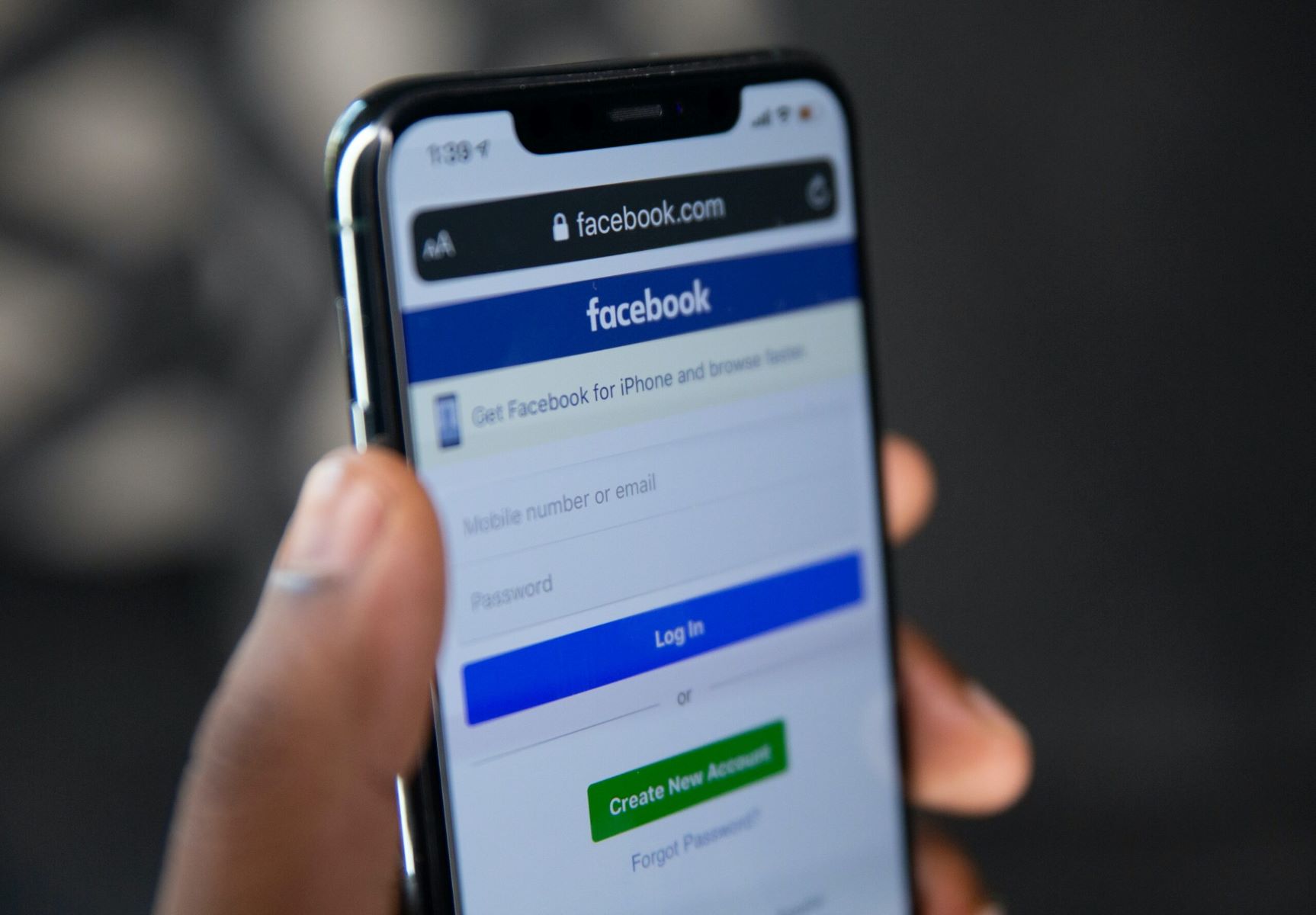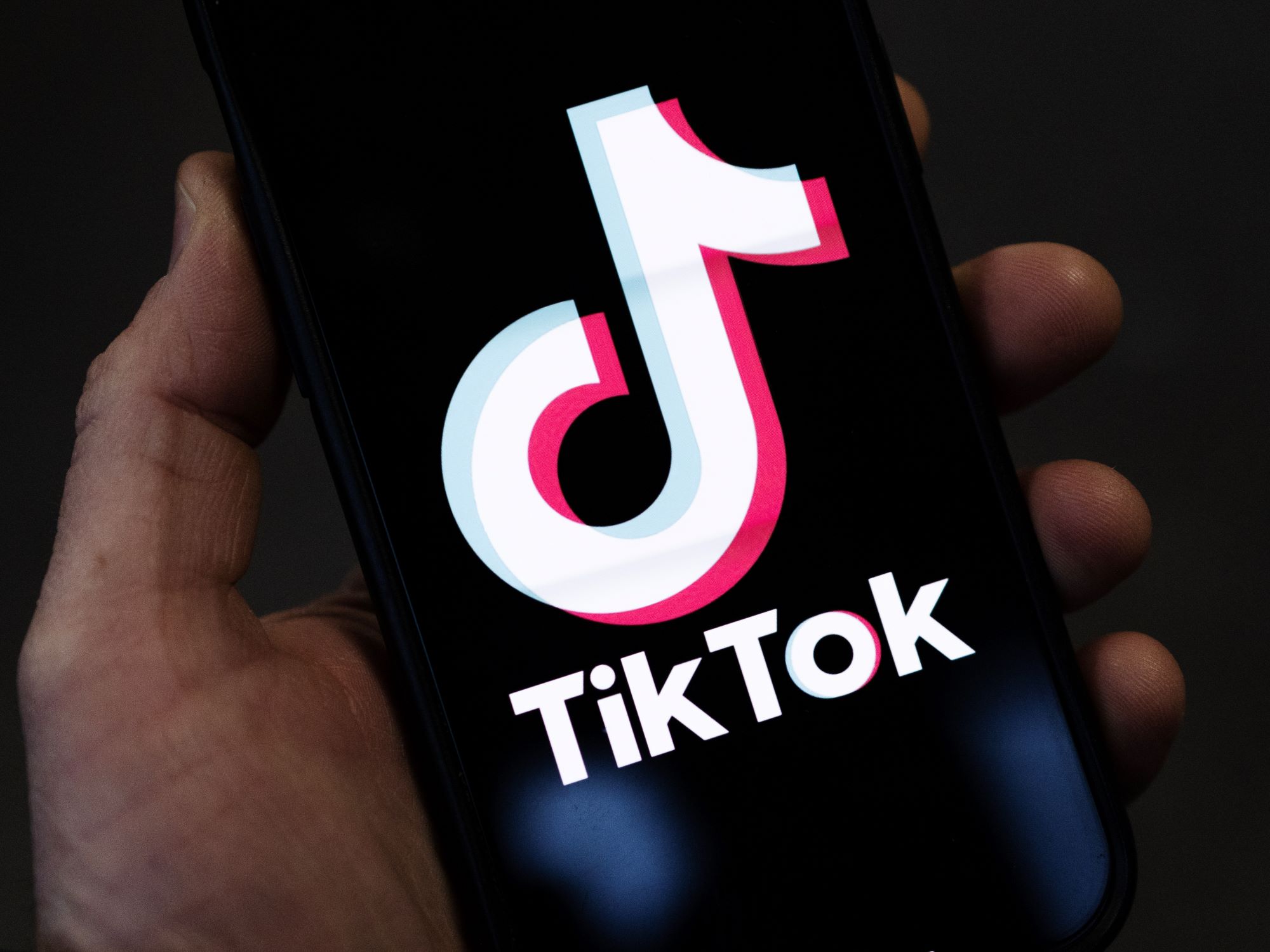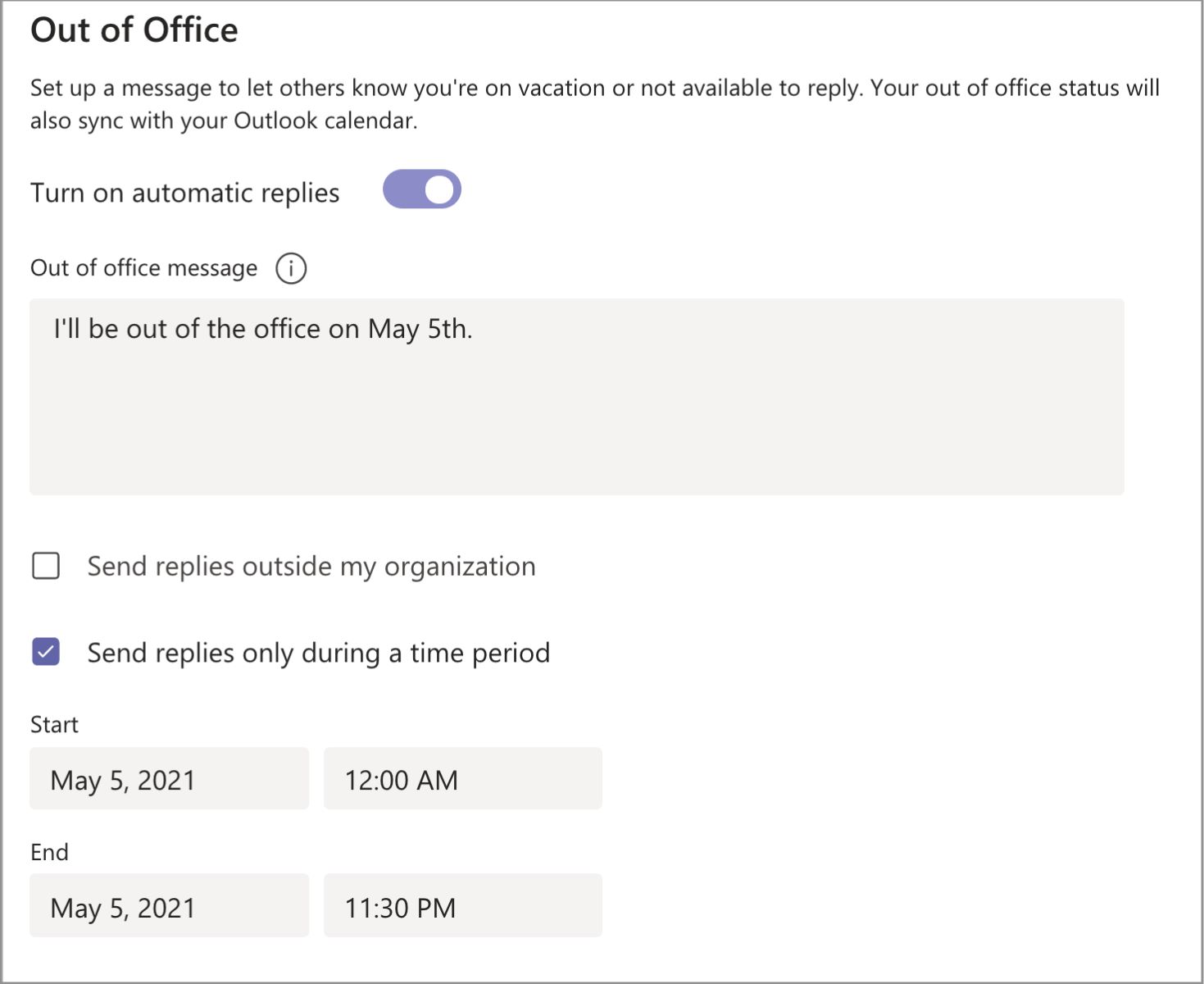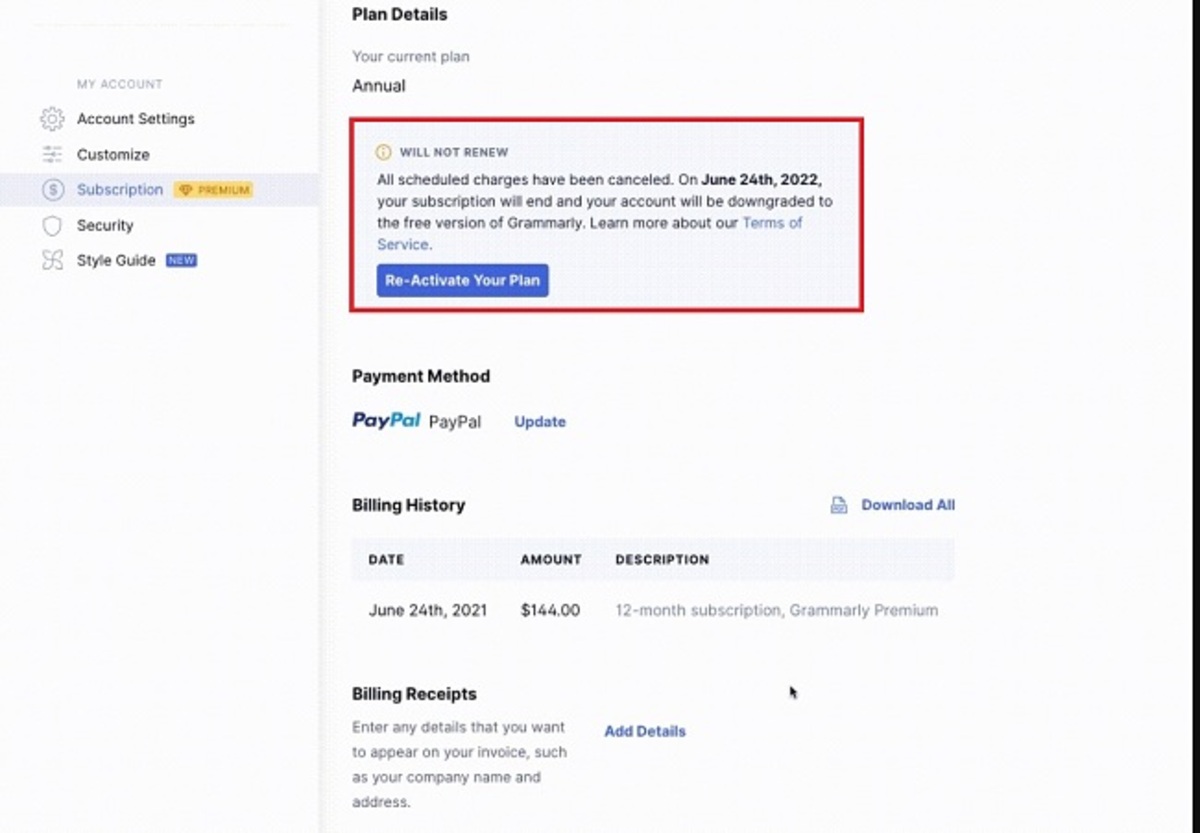Introduction
Welcome to our guide on how to write a follow-up email after no response. In today’s fast-paced and busy world, it’s not uncommon for emails to get lost in the shuffle or for recipients to simply forget to respond. However, that doesn’t mean you should give up or assume that the recipient is not interested. A well-crafted follow-up email can be a powerful tool to re-engage with your recipient and potentially get the response you are seeking.
Whether you are reaching out to a potential client, a job interviewer, or a colleague, a follow-up email shows your professionalism, persistence, and genuine interest in the recipient’s response. It demonstrates that you value their time and are committed to maintaining a strong and effective communication channel.
In this guide, we will share valuable tips and best practices to help you write a compelling and effective follow-up email that will increase the chances of receiving a response. From the timing and subject line to the tone and call-to-action, we will cover all the essential elements that will make your follow-up email stand out from the cluttered inbox of your recipient.
Remember, a follow-up email should never come across as pushy or desperate. Instead, it should be crafted with a genuine concern for the recipient’s needs and a desire to provide value. By following the strategies outlined in this guide, you’ll be equipped with the necessary skills to construct a follow-up email that leaves a positive and lasting impression on your recipient.
So, let’s dive into the details and learn how to write a follow-up email that grabs attention, generates a positive response, and helps you achieve your goals.
Why is a follow-up email important?
A follow-up email holds significant importance in various professional and personal contexts. It serves as a valuable tool for ensuring effective communication and maintaining relationships. Let’s explore why a follow-up email is crucial:
1. Reinforces your interest: A follow-up email demonstrates your continued interest in the recipient’s response or action. It shows that you are not only committed but also proactive in pursuing the outcome you desire.
2. Increases response rates: Sometimes, emails get lost or overlooked in a busy inbox. By sending a well-crafted follow-up email, you increase the chances of receiving a response by reminding the recipient of your initial communication.
3. Shows professionalism: Following up with a polite and well-written email showcases your professionalism. It demonstrates your attention to detail, promptness, and commitment to effective communication.
4. Builds relationships: A follow-up email helps in establishing and nurturing relationships. It shows that you value the recipient’s time and are dedicated to fostering a strong and reliable connection.
5. Provides clarification: In some cases, a follow-up email might be necessary to seek clarification or provide additional information. It allows you to address any misunderstandings or answer any questions the recipient may have.
6. Reinforces your brand or objective: A follow-up email serves as an opportunity to reinforce your brand or objective. By incorporating brand messaging or reiterating the purpose of your initial communication, you ensure that your message is consistent and memorable.
7. Presents new opportunities: A follow-up email can lead to new opportunities. It offers a chance to offer further assistance, suggest alternative solutions, or provide additional value that may spark the recipient’s interest and open doors to new possibilities.
Having understood why a follow-up email is important, it’s crucial to implement effective strategies to maximize its impact. The following sections will delve into the key elements that make a follow-up email successful and effective in generating the desired response.
Timing is key
When it comes to follow-up emails, timing plays a critical role in determining their effectiveness. You don’t want to send the email too soon and come across as impatient, nor do you want to wait too long and risk being forgotten. Here are some important considerations regarding timing:
1. Promptness: It’s generally recommended to send a follow-up email within 1-2 business days after the initial contact or meeting. This shows that you are proactive and responsive, and it keeps the conversation fresh in the recipient’s mind.
2. Acknowledge the timeline: If there is a specific timeframe mentioned during the initial contact, such as “We will get back to you within a week,” it’s best to wait until that timeframe has passed before sending a follow-up email. This shows that you respect their process and are following up within the agreed-upon timeline.
3. Avoid weekends and holidays: Sending a follow-up email on a weekend or during a holiday can easily get lost in a cluttered inbox. It’s best to choose weekdays for better visibility and higher chances of receiving a response.
4. Consider the recipient’s schedule: If you have information about the recipient’s work schedule, take it into account when deciding on the timing of your follow-up email. Avoid sending it during their busy hours or when they are likely to be overwhelmed with other tasks.
5. Be mindful of different time zones: If the recipient is in a different time zone, adjust your timing accordingly. Sending the email at a time when they are likely to be checking their inbox can significantly increase the chances of getting a response.
6. Multiple follow-ups: In some cases, it may be necessary to send multiple follow-up emails if you don’t receive a response. However, it’s crucial to space them out appropriately. Wait at least 5-7 business days before sending a second follow-up, and consider adding new information or emphasizing the urgency to catch the recipient’s attention.
Remember, finding the right balance between being prompt and respectful of the recipient’s time is crucial. Each situation may require slightly different timing, so be flexible and adaptable in your approach.
Subject line that grabs attention
Your subject line is the first thing the recipient sees in their inbox, and it plays a crucial role in determining whether they open your follow-up email or not. To increase the chances of grabbing their attention, here are some tips for crafting an effective subject line:
1. Be clear and concise: Keep your subject line short and to the point. Clearly state the purpose of your email and avoid any unnecessary words or fluff.
2. Personalize when possible: If you have a personal connection or previous interaction with the recipient, consider mentioning it in the subject line. This can help establish a sense of familiarity and increase the chances of your email being opened.
3. Create urgency: Using action-oriented words or phrases in your subject line can create a sense of urgency. For example, “Follow-up: Time-sensitive request” or “Important update: Response needed by [date].” This can motivate the recipient to open and respond to your email promptly.
4. Pose a question or offer a benefit: A subject line that poses a thought-provoking question or offers a clear benefit can pique the recipient’s curiosity and entice them to open your email. For example, “Are you still interested in increasing your website traffic?” or “New opportunity for collaboration.”
5. Use numbers or statistics: Including numbers or statistics in your subject line can make it stand out and convey a clear value proposition. For example, “5 new strategies for boosting sales” or “Increase open rates by 25% – proven tips inside.”
6. Stay away from spam triggers: Avoid using excessive capitalization, exclamation marks, or misleading statements that may trigger spam filters. Make sure your subject line is genuine, relevant, and aligns with the content of your email.
7. Test and analyze: Experiment with different subject lines and monitor their performance. A/B testing can help you identify which subject lines generate higher open rates and adjust your approach accordingly for future follow-up emails.
Remember, the subject line is your first opportunity to capture the recipient’s attention and entice them to open your email. Take the time to craft a compelling subject line that accurately represents the content and purpose of your email, and watch your response rates improve.
Personalize the email
When writing a follow-up email, personalization is key. It shows the recipient that you value their individuality and have taken the time to tailor your message specifically for them. Here are some strategies to personalize your follow-up email:
1. Use the recipient’s name: Begin your email with a friendly greeting using the recipient’s name. This simple gesture creates a personal connection and grabs their attention right from the start.
2. Reference a previous interaction: If you have previously communicated with the recipient, remind them of the specific context or discussion. This not only helps jog their memory but also shows that you have been paying attention to the details.
3. Highlight a shared interest or connection: If you have a common interest, reference it in your email. It could be a shared hobby, a mutual acquaintance, or a relevant industry event. This personal touch helps build rapport and makes your email more relatable.
4. Mention specific details: Show that you have done your research by referencing specific information about the recipient’s work, achievements, or recent projects. This demonstrates your genuine interest and attention to detail.
5. Customize the content: Tailor the content of your email based on the recipient’s needs or interests. Address their specific pain points or challenges and offer solutions or suggestions that are relevant to them. This personalized approach makes your email more valuable and actionable.
6. Show empathy and understanding: Acknowledge any recent events or challenges the recipient may have faced. Express understanding and empathy, and offer your support or assistance if appropriate. This demonstrates that you are considerate and genuinely care about their well-being.
7. Use a conversational tone: Write your follow-up email in a conversational tone that feels warm and friendly. Avoid sounding overly formal or robotic. This personal touch creates a connection and encourages the recipient to engage with your email.
Remember, personalization goes beyond simply inserting the recipient’s name. It involves truly understanding their needs, interests, and context, and tailoring your follow-up email accordingly. By personalizing your email, you increase the likelihood of grabbing the recipient’s attention and receiving a positive response.
Keep it short and concise
When writing a follow-up email, it’s important to keep your message short, clear, and to the point. Long and overly detailed emails can overwhelm the recipient and reduce the chances of receiving a response. Here’s why it’s crucial to keep your follow-up email concise:
1. Respect the recipient’s time: Busy professionals receive numerous emails daily, so brevity is essential. By keeping your email concise, you demonstrate that you value their time and are considerate of their busy schedule.
2. Grab attention quickly: A concise email allows you to get your point across swiftly and effectively. By providing only the necessary information, you can ensure that the recipient grasps the main purpose of your email immediately.
3. Increase readability: Long paragraphs and dense blocks of text can be overwhelming to read. By breaking your follow-up email into short paragraphs or bullet points, you improve readability and make it easier for the recipient to digest the information.
4. Foster engagement: Concise emails are more likely to hold the recipient’s attention. They are more likely to read the email in its entirety and engage with your call-to-action. This increases the chances of receiving the response or action you are seeking.
5. Focus on the main message: Keeping your email concise forces you to stay focused on the main message or purpose. Avoid unnecessary tangents or rambling and stay on track with a clear and specific request or objective.
6. Use bullet points or numbered lists: When appropriate, use bullet points or numbered lists to convey information concisely and efficiently. This format allows for easy scanning and highlights key points without overwhelming the recipient with lengthy paragraphs.
7. Proofread for conciseness: Before sending your follow-up email, review it for any unnecessary repetition, wordiness, or redundant information. Edit and refine your email to ensure every word serves a purpose and contributes to the overall conciseness.
Remember, the goal of a follow-up email is to deliver your message effectively and efficiently. By keeping your email short and concise, you increase the chances of capturing the recipient’s attention, maintaining their engagement, and receiving a timely response.
Add value or offer help
When writing a follow-up email, it’s essential to provide value to the recipient. Simply asking for a response or favor without offering something in return may reduce the chances of receiving a positive outcome. Here are some strategies to add value or offer help in your follow-up email:
1. Share relevant resources: If you come across articles, reports, or any other resources that you believe would be helpful to the recipient, include them in your email. This demonstrates your willingness to go the extra mile and provide valuable information.
2. Offer your expertise or insights: If you have relevant expertise or insights that could benefit the recipient, offer to share your knowledge. This could be in the form of advice, suggestions, or recommendations based on your experience or industry knowledge.
3. Provide a solution to a problem: If you are aware of a challenge or issue the recipient is facing, offer a potential solution or approach to help them overcome it. This shows your proactive mindset and genuine desire to assist.
4. Offer assistance or support: Extend your willingness to help in any way you can. Whether it’s offering to connect them with relevant contacts, providing additional information, or offering your time for a discussion or brainstorming session, let them know that you are there to support them.
5. Customize your offering: Tailor your value proposition or offer based on the recipient’s specific needs and interests. It’s important to demonstrate that you have done your research and understand their situation, allowing you to provide targeted and relevant help.
6. Focus on their goals and objectives: Frame your value proposition in a way that aligns with the recipient’s goals and objectives. Highlight how your offer can contribute to their success or address their challenges directly, showcasing the tangible benefits they can gain from your assistance.
7. Be genuine and sincere: When offering help or adding value, be genuine and sincere in your approach. Avoid making empty promises or overcommitting. Your willingness to assist should come from a place of authenticity and a genuine desire to support the recipient.
By adding value or offering help in your follow-up email, you establish yourself as a valuable and reliable resource. This increases the chances of the recipient responding positively and appreciating the effort you have put into the email.
Use a clear call-to-action
When writing a follow-up email, it’s important to have a clear call-to-action (CTA) that prompts the recipient to take the desired next step. A well-defined CTA helps guide the recipient’s response and increases the likelihood of achieving your intended outcome. Here are some tips for using a clear call-to-action in your follow-up email:
1. Be specific and direct: Clearly state the action you want the recipient to take. Whether it’s scheduling a meeting, providing feedback, or confirming their interest, make sure your CTA is explicit, leaving no room for confusion.
2. Use actionable language: Use action verbs in your CTA to prompt a response. For example, “Reply with your availability,” “Click the link to download the file,” or “Call me at your earliest convenience.” This encourages the recipient to take immediate action.
3. Highlight the benefits: In your CTA, briefly mention the benefits or outcomes the recipient can expect by taking the desired action. This helps create a sense of urgency and motivates them to respond promptly.
4. Make it easy to respond: Provide clear instructions or options for responding to your CTA. Whether it’s mentioning a preferred method of communication, providing a reply template, or including relevant contact information, make it as easy as possible for the recipient to respond.
5. Set a deadline or timeframe: If appropriate, include a deadline or timeframe for the recipient to respond. This adds a sense of urgency and increases the likelihood of prompt action. However, be mindful of giving a reasonable timeframe to allow the recipient sufficient time to respond.
6. Personalize the CTA: Tailor your CTA to the recipient’s specific situation or needs, if possible. This customization demonstrates your understanding and consideration, making the CTA more relevant and compelling to the recipient.
7. Follow up appropriately: If you don’t receive a response to your initial CTA, it’s important to have a plan for follow-up. Consider including a polite reminder or alternative action in subsequent follow-up emails to keep the conversation alive and maintain momentum.
By using a clear and compelling call-to-action in your follow-up email, you increase the chances of receiving the response or outcome you desire. Remember to make it easy for the recipient to respond and highlight the benefits they can gain by taking action.
Professional and friendly tone
When crafting a follow-up email, it’s important to strike the right balance between professionalism and friendliness in your tone. A professional tone establishes your credibility, while a friendly tone helps create a warm and approachable atmosphere. Here are some tips for maintaining a professional and friendly tone in your follow-up email:
1. Use a courteous and respectful greeting: Begin your email with a polite and respectful greeting, such as “Dear [Recipient’s Name]” or “Hello [Recipient’s Name].” This sets a professional tone right from the start.
2. Be concise and straight to the point: In your email, clearly and succinctly communicate the purpose of your follow-up. Avoid unnecessary details or lengthy explanations. Respect the recipient’s time by getting to the point quickly.
3. Use appropriate language and formality: Adapt your language and level of formality based on the recipient and the context of your relationship. Avoid using jargon or excessive technical terms unless necessary. Aim for a balanced and accessible communication style.
4. Avoid pushy or demanding language: While it’s important to be clear about your expectations or objectives in your follow-up email, avoid coming across as pushy or demanding. Maintain a respectful and polite tone throughout the email.
5. Express gratitude and appreciation: If the recipient has provided any assistance or engaged with you in the past, express your gratitude and appreciation. Acknowledge their time and effort, and let them know that you value their input.
6. Use positive and friendly language: Infuse your email with a friendly and approachable tone. Use positive language and convey your enthusiasm or interest without sounding overly casual or informal.
7. Proofread and edit for professionalism: Before sending your follow-up email, review it for grammar and spelling errors. A well-edited email adds to your professionalism and credibility. Pay attention to the tone and language used, ensuring it aligns with your desired impression.
Remember, a professional and friendly tone in your follow-up email helps build rapport and fosters a positive impression. Show respect, appreciation, and a genuine interest in the recipient’s response, and you’ll increase the likelihood of a favorable outcome.
Polite follow-up reminders
When sending a follow-up email, it’s common to encounter situations where you don’t receive a response after the initial email. In such cases, a polite follow-up reminder can help reignite the conversation and encourage the recipient to respond. Here are some tips for crafting polite follow-up reminders:
1. Be patient: Give the recipient ample time to respond before sending a follow-up reminder. Avoid rushing or appearing impatient. Generally, waiting 5-7 business days is a reasonable timeframe to send a reminder, but adapt based on the urgency of your request and the nature of your relationship.
2. Use a friendly and polite tone: Keep your reminder email friendly and polite. Avoid sounding demanding or confrontational. Show understanding and empathy for the recipient’s busy schedule.
3. Reference the previous email: In your reminder, briefly reference the original email to jog the recipient’s memory. For example, you can say something like, “I hope you received my previous email regarding [topic].”
4. Reiterate the importance or urgency: Remind the recipient of the importance or urgency of their response, especially if it has direct implications for their or your work. However, avoid sounding overly demanding or using excessive urgency language.
5. Provide additional context or information: When following up, offer any necessary additional context or information that may help the recipient understand the importance of their response. This can include deadlines, project updates, or any relevant details they may have missed in the initial email.
6. Offer alternative options or suggestions: If appropriate, provide alternative ways for the recipient to respond or offer suggestions to facilitate their response. This can include proposing a phone call, a meeting, or alternative methods of communication.
7. Express understanding and appreciation: Show understanding for the recipient’s busy schedule and express gratitude for their time and consideration. This helps foster goodwill and maintains a positive relationship despite the lack of an initial response.
Remember, the goal of a polite follow-up reminder is to gently nudge the recipient to respond without creating any discomfort or pressure. By maintaining a respectful and understanding tone, you increase the chances of receiving the response you are seeking.
Helpful follow-up tips
When it comes to follow-up emails, there are several additional tips that can help enhance their effectiveness and increase the chances of a positive response. Here are some helpful follow-up tips to consider:
1. Use email tracking software: Consider using email tracking software to gain insights into whether your follow-up email has been opened or not. This information can help you determine the best time to send subsequent follow-ups or adjust your approach if needed.
2. Personalize the email subject line: Make your follow-up email stand out by personalizing the subject line. Include the recipient’s name or a specific detail that shows you have customized the email for them. This extra personal touch can catch their attention and increase the likelihood of them opening the email.
3. Proofread and edit your email: Take the time to proofread and edit your follow-up email before sending it. Check for any typos, grammatical errors, or formatting issues. A polished and error-free email demonstrates your professionalism and attention to detail.
4. Avoid excessive follow-up emails: While following up is important, be mindful of not overdoing it. Sending too many follow-up emails can come across as pushy or annoying. Space out your follow-ups appropriately and respect the recipient’s time and capacity to respond.
5. Consider alternative communication channels: If you don’t receive a response to your follow-up email, consider utilizing alternative communication channels such as a phone call or a direct message on a professional networking platform. Different individuals may have different preferences for communication, so exploring alternative channels can help improve your chances of getting a response.
6. Check your email’s spam filter: Ensure that your follow-up email doesn’t inadvertently get flagged as spam. Avoid using excessive capitalization or triggering words that are commonly associated with spam. This will help ensure that your email reaches the recipient’s inbox.
7. Reflect on your email’s effectiveness: After sending a follow-up email, take the time to reflect on its effectiveness. Analyze the response rate, the language used, and any patterns you notice. This self-reflection will help you refine your approach and improve future follow-up emails.
Incorporating these helpful follow-up tips into your email strategy can make a significant difference in the response rate and success of your follow-up emails. Remember to continually evaluate and adjust your approach based on the specific circumstances and individuals you are reaching out to.
Conclusion
Writing a follow-up email after no response can be a powerful way to re-engage with your recipient and increase the chances of receiving the desired outcome. By following the tips and strategies outlined in this guide, you’ll be equipped with the skills to write a compelling and effective follow-up email.
Remember the key elements that contribute to a successful follow-up email, such as timing, a subject line that grabs attention, personalization, keeping the email concise, adding value or offering help, using a clear call-to-action, maintaining a professional and friendly tone, and sending polite follow-up reminders. These elements, when combined, create a well-crafted email that stands out from the cluttered inbox of your recipient.
Furthermore, incorporating additional helpful tips like using email tracking software, personalizing subject lines, proofreading your emails, respecting boundaries with the number of follow-ups, exploring alternative communication channels, and reflecting on email effectiveness, can further optimize your follow-up email strategy.
By implementing these best practices and continuously refining your approach, you will increase your chances of receiving a response, nurturing valuable relationships, and achieving your intended goals.
So, go ahead and put these tips into action. Craft your follow-up email with care, considering the unique context of your recipient and your specific objectives. With practice and dedication, you can master the art of follow-up emails and experience greater success in your professional and personal communication.

























